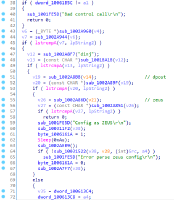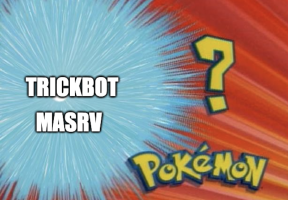Deep Dive into Trickbot's Web Injection
TrickBot, a modular trojan, has been active in the malware scene since 2016. It is famously known for having a variety of modules in its attack toolkit, some of which are quite recent and some being actively developed. This brings us to its web injection module, injectDLL, that has been around since the malware was first discovered. The core purpose of the module still remains the same, which is injecting scripts into websites to exfiltrate information. However, there have been some recent additions to the module, especially since the introduction of its newer webinject config winj1.



